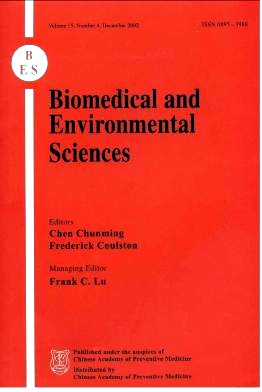Effect of Zinc on Bone Metabolism in Fetal Mouse Limb Culture
-
Key words:
- Zinc excess /
- Zinc deficiency /
- Bone metabolism /
- Organic culture
Abstract: Objective To determine the effects of zinc-deficiency and zinc-excess on bone metabolism. Methods We developed the culture model of fetal mouse limbs (16th day) cultivated in self-made rotator with continuing flow of mixed gas for six days in vitro. The cultured limbs were examined by the techniques of 45Ca tracer and X-roentgenography. Results The right limbs cultivated had longer bone length, higher bone density than the left limbs uncultivated from the same embryo; and histologically, the right limbs had active bone cell differentiation, proliferation, increased bone trabecula, clearly calcified cartilage matrix, and osteogenic tissue. Compared with the control group,the zinc-deficient group and zinc-excess (Zn2+120 μmol/L) group contained less osteocalcin (BGP) and 45Ca content, and lower AKP activity; whereas zinc-normal (Zn2+45 μmol/L and Zn2+70 μmol/L)groups contained more BGP and 45Ca contents, and higher AKP (alkaline phosphatase) activity.Conclusion Both zinc-deficiency and zinc-excess can alter bone growth and normal metabolism.The results indicate that the culture model of fetal mouse limbs (16th day) in vitro can be used as a research model of bone growth and development.
| Citation: | LI YUN, YU Zeng-li. Effect of Zinc on Bone Metabolism in Fetal Mouse Limb Culture[J]. Biomedical and Environmental Sciences, 2002, 15(4): 323-329. |







 Quick Links
Quick Links
 DownLoad:
DownLoad: